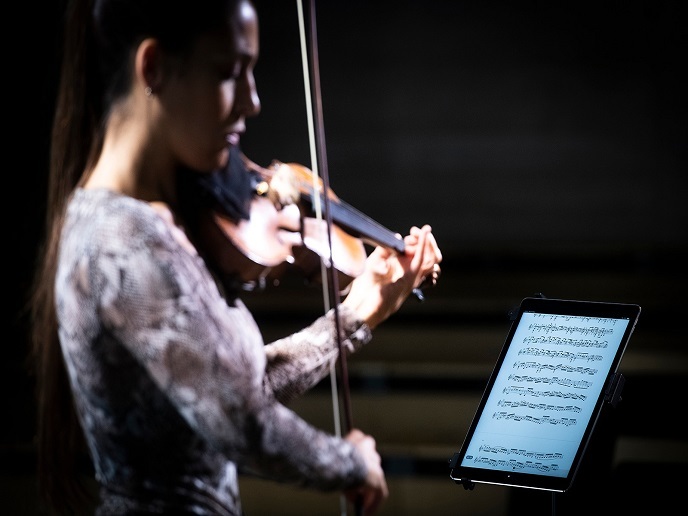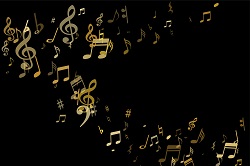Tablet system replaces sheet music
Many musicians need, and at the same time dislike, paper music scores. Paper is so heavy and bulky that travelling musicians often need wheeled suitcases to transport their music. Also, at outdoor performances, paper can rustle in the wind or even blow away. Even under optimal conditions, most musicians play with both hands, making page turning difficult. Finally, due to repeated use and annotations, paper music degrades. The EU funded BEATIK(opens in new window) project developed a paperless solution. The team created a tablet based system for displaying music which in some cases can turn pages automatically. The project’s research focused on optimising the system’s score following algorithm for various tablet platforms and on developing the user experience.
Viewing music
BEATIK is firstly a software for tailored individual and group viewing PDFs of music scores. Selected pieces from the project’s very large library can be downloaded, or the users can import their own. These can be viewed or annotated for study. The user’s interaction starts with a web interface, whereby a user defines the various musicians, instruments and roles in a performance. “Once these steps are completed, a musician can use the BEATIK application on a tablet,” says Pedro Vera-Candeas, BEATIK coordinator. During rehearsals, one master tablet controls all the musicians’ tablets to start at the same point. Conductors make individualised notes for particular musicians in their own parts, which those users can see on their tablet. “Finally, during a concert, the master tablet sets the rate of playback and measures automatically for all musicians,” adds Vera-Candeas.
Follow the music
A second major feature of the system is automatic page turning. The system will only do this with special files, called ‘Smart Scores’. “A Smart Scores file includes a PDF of the work, plus side information about the position of each measure in the PDF and the notes to be played in this measure,” adds Vera-Candeas. With this information, the BEATIK score following algorithm effectively listens to the music, as it is played, via a microphone. The algorithm identifies where the player is up to in the score and adjusts the display accordingly. The vast bulk of the BEATIK’s library consists of pieces of music in PDF format. Currently, only about 2 000 of the 400 000 library entries are encoded as Smart score files. However, users can create their own Smart Scores for a downloaded piece using a previous recording of that piece. The library includes mostly public domain music and some copyrighted material with permission of the owners. In the next version, users will be able to pay to download copyrighted material. The team demonstrated the system during the BEATIK Altea Festival (Altea, Spain) where musicians played live using BEATIK. The performer response was enthusiastic. The BEATIK system uniquely meets a clear need. Project representatives have been introducing the system to professional musicians and musical organisations, including orchestras. The team is also discussing with various publishers the possibility of including their libraries in the system. BEATIK eliminates paper sheet music and all its difficulties. Users can view their collections, and much more, on their tablets. Where recordings of specific performances exist, users can create Smart Scores files that follow along as the musician plays.







